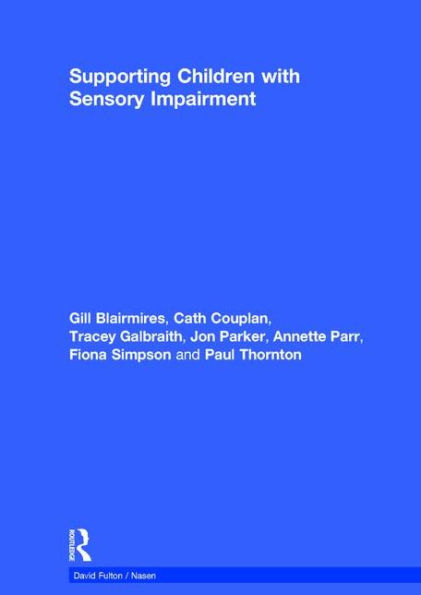5
1
9781138919242



Supporting Children with Sensory Impairment / Edition 1 available in Hardcover, Paperback, eBook

Supporting Children with Sensory Impairment / Edition 1
- ISBN-10:
- 1138919241
- ISBN-13:
- 9781138919242
- Pub. Date:
- 02/17/2016
- Publisher:
- Taylor & Francis
- ISBN-10:
- 1138919241
- ISBN-13:
- 9781138919242
- Pub. Date:
- 02/17/2016
- Publisher:
- Taylor & Francis

Supporting Children with Sensory Impairment / Edition 1
$160.0
160.0
In Stock

Product Details
| ISBN-13: | 9781138919242 |
|---|---|
| Publisher: | Taylor & Francis |
| Publication date: | 02/17/2016 |
| Series: | nasen spotlight |
| Pages: | 100 |
| Product dimensions: | 8.25(w) x 11.69(h) x (d) |
About the Author
From the B&N Reads Blog
